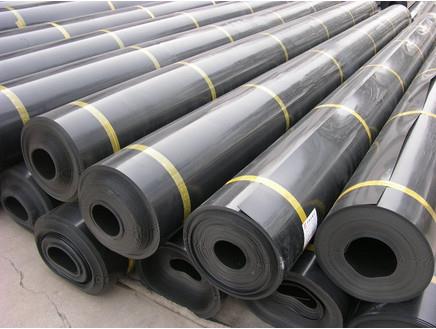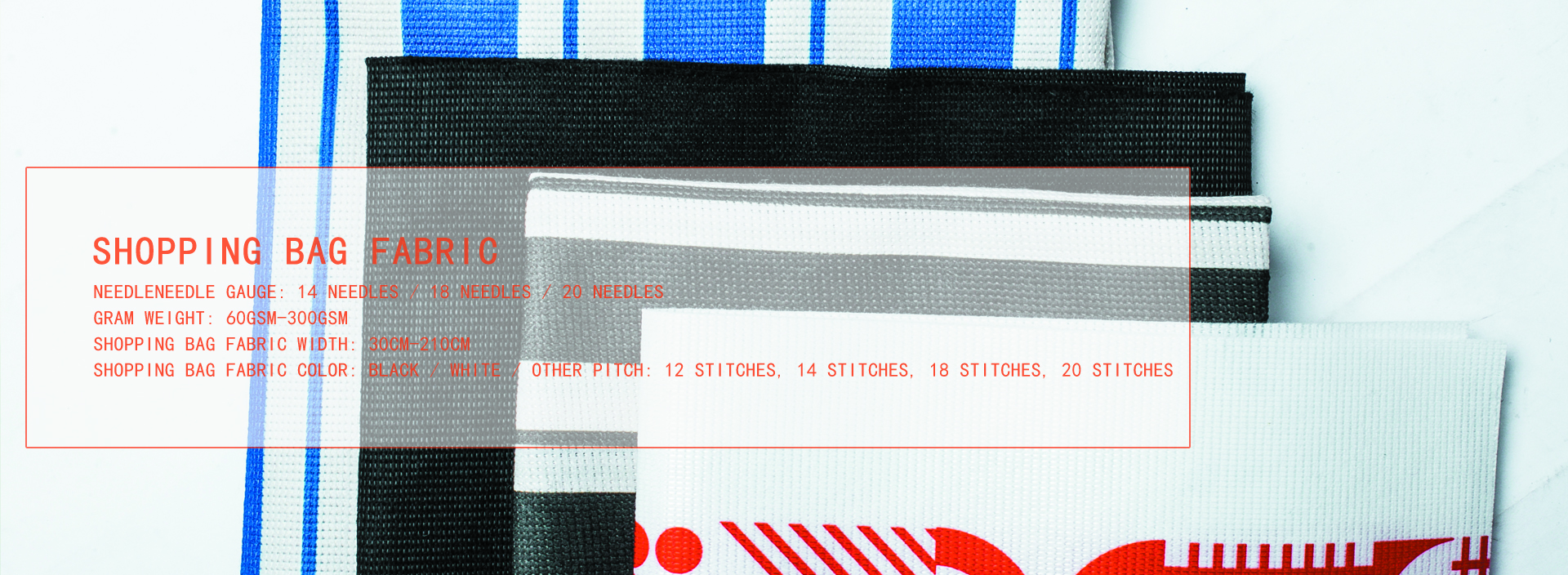The selection of composite geomembrane should be considered from the fields of engineering application, economy, construction process characteristics and raw material characteristics. The first thing to consider is whether the penetration rate and quality meet the requirements. Secondly, the composite geomembrane should have excellent physical properties, such as anti-infiltration, puncture resistance and compressive strength, to resist the damage encountered during transportation and construction. Of course, in the construction process, we should also pay attention to protect it from damage. In addition to the above areas, we should also consider its durability and thickness.

How to choose thin composite geomembrane in anti-seepage project? There is no doubt that the thicker the composite geomembrane, the better, but at the same time the cost will increase and become thinner. Although the cost can be reduced, it cannot meet the needs of the project. Therefore, choosing a composite geomembrane suitable for thickness can not only meet the engineering needs, but also achieve the purpose of reducing costs. The thickness should be selected carefully and tailored according to the engineering needs of the composite geomembrane. The thickness of the composite geomembrane is generally not less than 0.5 mm. For some important projects with high demand, it should be as thick as possible. During the actual operation of the project, it is necessary to entrust relevant testing centers to test the raw materials to confirm whether the quality of the composite geomembrane produced by the manufacturer is safe and reliable, and provide a basis for selecting safe, safe, reliable and economic raw materials. The application environment of the composite geomembrane is buried in the ground all year round, so it needs to have excellent anti-aging and anti-decomposition ability, and can reasonably resist the puncture of plant roots. The composite geomembrane working in complex water environment should also have excellent acid and alkali resistance. According to the above detailed instructions, you should master the selection method of the thickness of the composite geomembrane, while paying attention to avoid unsafe and civilized construction. If it is used in a complex environment, you can choose a composite geomembrane with geotextiles on both sides to avoid the destruction of sharp objects and the destruction of the membrane raw materials. There are many types of composite geomembrane. Only by selecting a suitable composite geomembrane can we achieve better anti-seepage actual effect, increase the service life of the composite geomembrane, and reduce the capital construction cost and maintenance cost of water conservancy projects.

